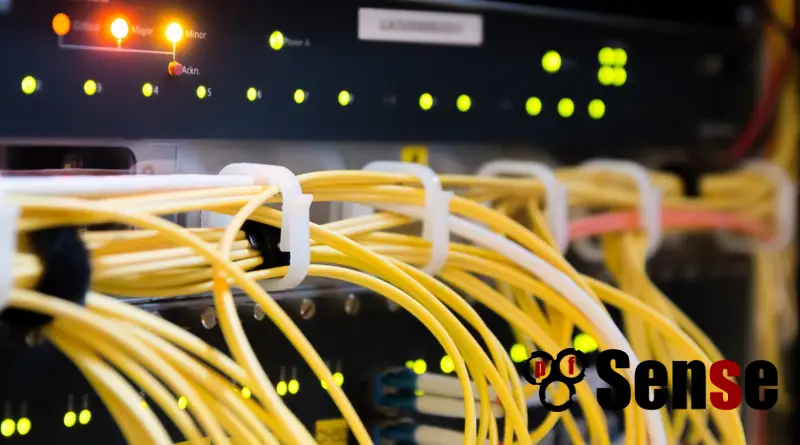Background: I have no intention of exposing my TrueNAS SCALE box to the public internet. I do want to connect to it with SSL/TLS for the additional security but without the annoying browser security warnings due to the self-signed certificates. Since the box won't be on the internet, can I avoid the cost of purchasing a domain-name (seems to be needed for an externally authorized certificate) and still avoid the browser warnings?
The following procedure works for my PFsense firewall:
1) Create internal root CA
2) Create internal intermediate CA (using root CA as authority)
3) Create certificate (using intermediate CA as authority)
4) Export root CA and intermediate CA info as files.
5) Import internal CA info into Windows certificate manager or the browser's certificate manager
6) Use the new certificate for Web_GUI
So I got this working for Pfsense with Brave, Firefox, Chrome, Edge browsers.
I seem to be able to replicate steps 1)-5) through the TrueNAS Web-GUI. I haven't done step 6) yet as I wanted people's opinion on whether this would work for SCALE before I take the risk of screwing up access to my SCALE box.
I found this procedure from this webpage:

 www.ceos3c.com
www.ceos3c.com
The following procedure works for my PFsense firewall:
1) Create internal root CA
2) Create internal intermediate CA (using root CA as authority)
3) Create certificate (using intermediate CA as authority)
4) Export root CA and intermediate CA info as files.
5) Import internal CA info into Windows certificate manager or the browser's certificate manager
6) Use the new certificate for Web_GUI
So I got this working for Pfsense with Brave, Firefox, Chrome, Edge browsers.
I seem to be able to replicate steps 1)-5) through the TrueNAS Web-GUI. I haven't done step 6) yet as I wanted people's opinion on whether this would work for SCALE before I take the risk of screwing up access to my SCALE box.
I found this procedure from this webpage:

Enable SSL for pfSense - Fast & Easy
I show you step by step how to enable SSL for pfSense. Follow along and learn how to establish a secure HTTPS connection to your Firewall!
